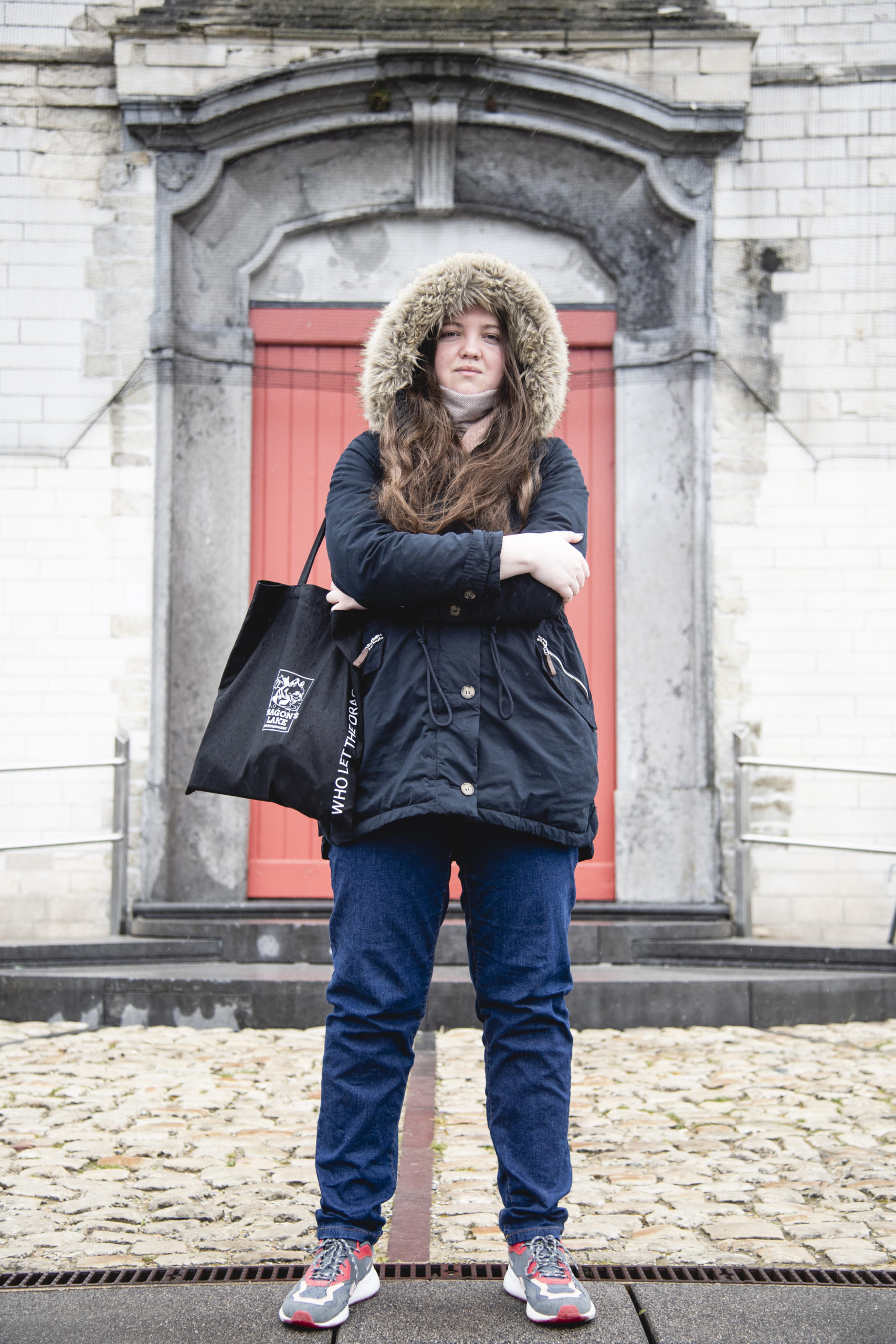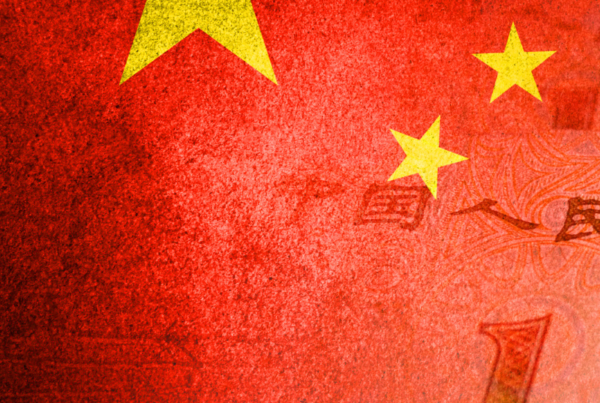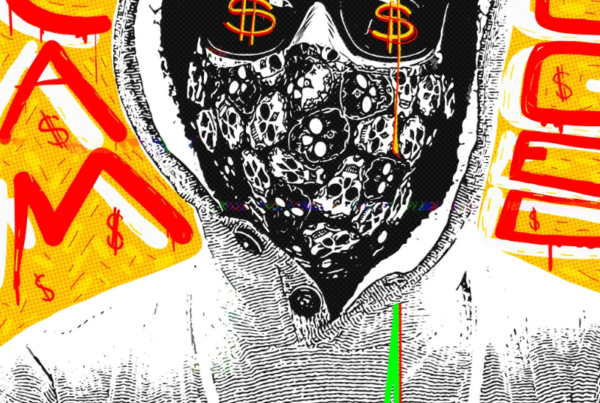BRUSSELS, Belgium – Victoria Zavgirodnaya, 28, stares out the frosted cafe window as the rain gently falls on a field of green pastures in the Flemish-dominated countryside. With ancient churches dotting the hills and wide, empty roads, it is a microcosm of serenity and a bubble of security, far removed from the cracks of artillery and blistered buildings she once called home.
War seems like a distant memory, and yesterday all at once.
“I woke up early to the sounds of explosions,” Victoria, an only child who lived with her parents on the edges of the Ukrainian capital of Kyiv, recalls of February 24, the day Russia launched its brutal sea, land, and air invasion of its neighbor. “I could not believe what was happening.”
But perhaps somewhere buried in the back of her subconscious, the graphic artist for global gaming sensation GALA, which has sought to regenerate the ever-growing gaming world by providing players with ownership of their in-game items through the use of non-fungible tokens (NFTs), sensed that all their lives would be upended.
“About two weeks earlier, when we heard all this news of what Putin might do, my friends and I packed our bags in case we had to move out fast,” Victoria continues softly. “And the day before, I don’t know why, I went to the camping store to buy sleeping bags, cooking equipment, lights – just in case.”

When such a nightmare came to fruition at dawn less than a day later, it was worse than she could have imagined: persistent explosions in the distance, limited access to food and water, days and nights relegated to a bomb shelter far below the surface streets as her father walked some twenty miles to his work in downtown Kyiv there and back, as she and her mother huddled and hoped for a miracle.
“On the first day, my work offered me help to leave, but I did not want to go. And then, after a few days, the explosions got closer. Finally, friends and colleagues and family were all telling me it was better to leave, that the Russians could be here in a few days, and if I didn’t want to fight them, I should go,” Victoria recalls, replaying the moments in her mind.
Yet escaping a city almost under siege and surrounded by heavy battles and bloodletting fleeing to a neighboring nation was no easy feat. Behind the scenes, GALA and its security teams were carefully carving a delicate plan to find a driver willing to wind through potentially hostile terrain. After four days punctured by anxiety and waiting, and then trekking through burned and broken bridges to reach a pickup point, a mini-van finally appeared to take Victoria far from home, far from her family, and deep into the unknown – marking the first time she had ever even left the country.
More than fifteen hours later, with those crammed into the vehicle taking turns to sit and squish down on a mattress in the back, Victoria was dropped in the dead of night at the Moldovan border, where she relied on faith and the goodness of friends of friends to take her in.
More than four million Ukrainians have fled their embattled homeland in recent weeks, with countless more displaced inside the burning nation. But for those seeking safety abroad, carrying crypto wallets has become a lifeline. As I can attest, neighboring European countries refuse to exchange the hryvnia – the dwindled Ukrainian currency – meaning that many vulnerable Ukrainians arrive in foreign lands essentially penniless.
Cue the cruciality of crypto.
Soon after the invasion erupted, the Ukraine Central Bank halted electronic cash transfers and barred citizens from withdrawing foreign currency in a bid to hold the economy together. As a result, in the days preceding the war, the Ukrainian crypto platform Kuna soared to its highest trading level in almost a year.
Victoria’s evacuation was paid for via cryptocurrency – marking perhaps one of the first blockchain-initiated rescue efforts and signaling a transformation in how such cases are handled in conflict situations in the future. It is complex enough to organize evacuations, but when drivers and fixers cannot accept hard cash, digital transactions proved essential to saving lives.
Nevertheless, even when one successfully leaves war-ridden terrain, a conflict of another stripe begins: where to go when one is alone and has no family to take them in. Initially, Victoria figured she would follow the refugee flow to Poland; however, her online searches for an apartment turned up empty, given the Ukrainian influx. Thus, a colleague in Belgium offered haven. With her own currency of no value, another winding expedition to a country even further from home largely depended on blockchain financing.
But beyond the evacuation element, the ongoing conflict in Ukraine has already been colloquially coined – no pun intended – the “first crypto war.”
Just days before Putin’s violent incursion took hold, the country’s parliament officially “legalized” crypto, sending the country of 44 million to the number four spot in terms of crypto adoption. Then, two days after the horrors began, Ukrainian officials began tweeting in desperation for cryptocurrency donations through its centralized fundraising website.
In the twilight days of the conflict, crypto transactions skyrocketed to almost unprecedented levels. The importance of nurturing an alternative economy was instantly recognized by Ukraine’s President Zelensky and by Ukrainians trapped inside and those eager to assist from the outside. As the weeks have protracted, Ukrainians have come to depend on donations made through blockchain companies as a lifeline.
When the government no longer functions due to the onslaught of mayhem and madness, civilians no longer have access to traditional banks for survival. The pain is exacerbated by the fact that a conventional wire transfer takes upwards of two to three days, and in wartime, time is of the essence. A crypto transaction, however, is almost instantaneous. Additionally, those who wish to help Ukrainians can donate anonymously, avoiding the wrath of Russia if they have any relatives or ties to the heavily sanctioned nation.
In addition, cryptocurrency cannot be censored nor suppressed, making it a boon to many Ukrainians and a humanitarian device as well as a substitute currency. During the first few weeks of the conflict, more than $120 million in crypto donations were made, according to government data.
The Kyiv-based government has continued to canvass assistance in cryptocurrencies and used a prominent portion to bolster national defenders with everything from thermal clothes to armored vests to packed lunches.
“These quick and fast donations are saving lives,” stresses one former Ukrainian Special Forces fighter near the frontlines on the fringes of Kyiv. “Literally.”
From fighters to cooks to government personnel, scores of determined Ukrainians are also taking to social media platforms such as Telegram to share their crypto wallet addresses, requesting urgent medical supplies, equipment, and appropriate footwear in the face of sustained frozen temperatures.
And even for those Ukrainians who have escaped to safer areas while watching their world from the painful, opaline window of exile, accumulating crypto is poised to be the necessary digital gold for enabling them to return and rebuild their fractured lives once the war has ended.
“I want to go back,” Victoria adds, her soft voice gaining momentum. “I love my country; I love my people.”











